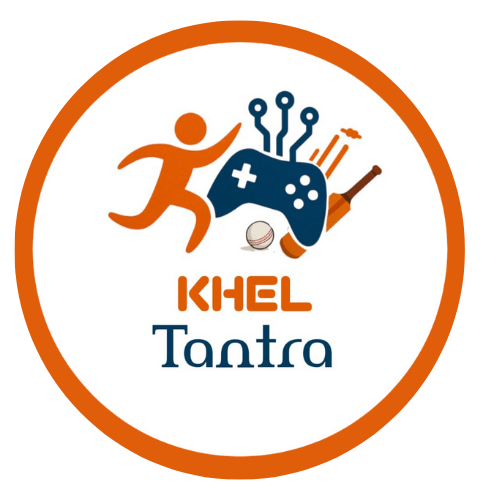Top 10 HTML Tags:
If you’ve just stepped into the world of web development, HTML is probably the first thing you’re learning — and that’s a great start! HTML (HyperText Markup Language) is the foundation of every web page you see online. But here’s the thing: you don’t need to memorize the entire language to begin. Just knowing the right tags can help you build your first page easily.
Let’s look at the top 10 HTML tags that every beginner should know — with simple examples so you actually understand what they do.
1. <html> – The Starting Point of Every Page
Everything in HTML starts and ends with the <html> tag. Think of it as the wrapper around all the content on your web page.
2. <head> – The Page’s Brain
The <head> tag contains information about the page that isn’t shown directly on the screen — like the title, meta tags, styles, and links.
3. <title> – The Name of Your Page
Whatever you write inside the <title> tag will appear on the browser tab. It also plays a role in SEO.
4. <body> – Where All the Visible Stuff Goes
This is where your actual page content lives — text, images, buttons, you name it. If the <head> is the brain, the <body> is the face.
5. <h1> to <h6> – Headings and Subheadings
Use headings to organize your content. <h1> is the most important, and <h6> is the smallest.
6. <p> – Paragraphs
This tag is for writing regular text. Just like how you structure essays in school, use <p> for paragraphs.
7. <a> – Links to Other Pages
Want to link to another website? Use the <a> tag. Don’t forget the href attribute, which tells the browser where to go.
8. <img> – Add Images
To add a picture, you’ll use the <img> tag. You must include the image’s URL in the src attribute.
The alt attribute is for accessibility — it shows text if the image doesn’t load.
9. <ul>, <ol>, and <li> – Lists
Want to make a list of your favorite foods? Use these! <ul> is for unordered (bulleted) lists, <ol> is for ordered (numbered), and <li> is each item.
10. <div> – Divide and Organize
The <div> tag helps you group elements together, especially useful when you start using CSS for styling. Think of it as a container box.
Final Thoughts
Learning HTML doesn’t have to be overwhelming. Once you get a grip on these basic tags, you’ll be ready to build simple websites and experiment with layouts, styles, and functionality. The best part? You don’t need any fancy tools — just a text editor and your web browser.
So, go ahead and try them out. Copy the examples, tweak them, and see what happens. That’s the real way to learn HTML — by doing.
Also Read:- Difference Between Java and JavaScript
Join Our Community
Stay updated with lineups, last-minute injury news, and expert picks by joining our Telegram & WhatsApp communities:
| Platform | Join Link |
|---|---|
| Telegram | KhelTantra Telegram |
| KhelTantra Whatsapp |







